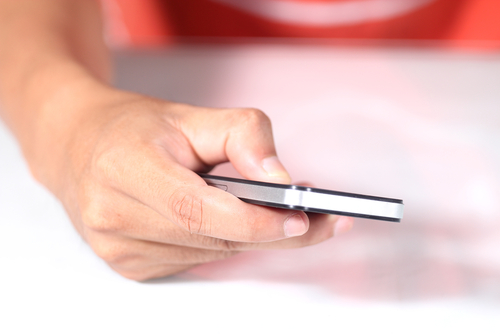Wireless and untethered devices are starting to change the way people interact and consume all sorts of media and content.
In 2011, the majority of all mobile phone owners consumed mobile media on their smartphones and tablet devices, marking an important milestone in the evolution of mobile from primarily a communication device to a content consumption tool.
At the end of 2011, more than eight percent of all digital traffic was consumed beyond the “classic Web” across devices such as smartphones and tablets. And there is some new evidence that, in some user segments, the mobile phone now has become the primary content consumption screen.
 Image via Shutterstock
Image via Shutterstock
Once upon a time, the movie theater was the primary content consumption screen, followed by the television. A study by Orange shows a stark contrast in mobile media habits between teenagers and adults in the U.K. market, for example.
For teenagers, the mobile phone is the primary screen, for the first time, not the TV or PC.
Also, adults are using multiple screens more interchangeably than ever before, choosing the most suitable screen for any particular situation, Orange says.
In the United Kingdom, 83 percent of teenagers have a smartphone and 95 percent have one in Spain. In addition, 92 percent of teenagers in the United Kingdom say mobile is a “way to always have a media device at hand” and 55 percent of teenagers in the UK say that they prefer their mobile over other screens.
Consumers also are increasingly using their mobile or tablet to replicate the same experience on their PC, about 62 percent of consumers in the United Kingdom agree. Consumers also are multitasking. Some 90 percent of consumers access the Internet at the same time as watching TV, in the United Kingdom.
At the same time as interchangeable usage is occurring, larger screens on smartphones are making a multimedia easier, and “smaller” sized tablets are increasing their portability. In Spain, 16 percent of tablet owners also own the more portable Samsung Galaxy Tab, for example.
The percentage of people primarily accessing mobile media ‘out and about’ on both their mobile and tablet has significantly increased across all markets.
In the United Kingdom 58 percent of respondents say they use their devices to access content and media while out and about.
Edited by
Brooke Neuman